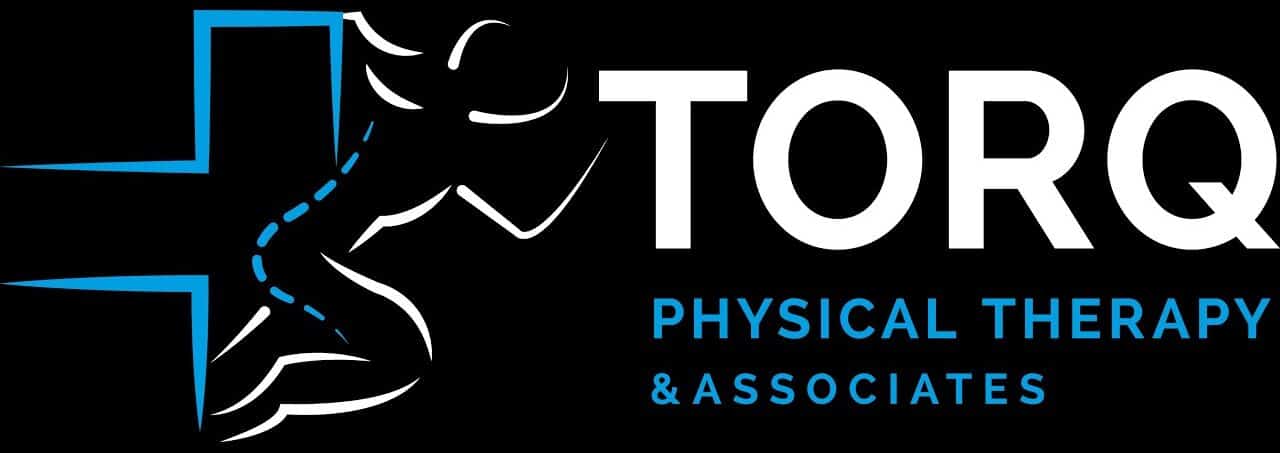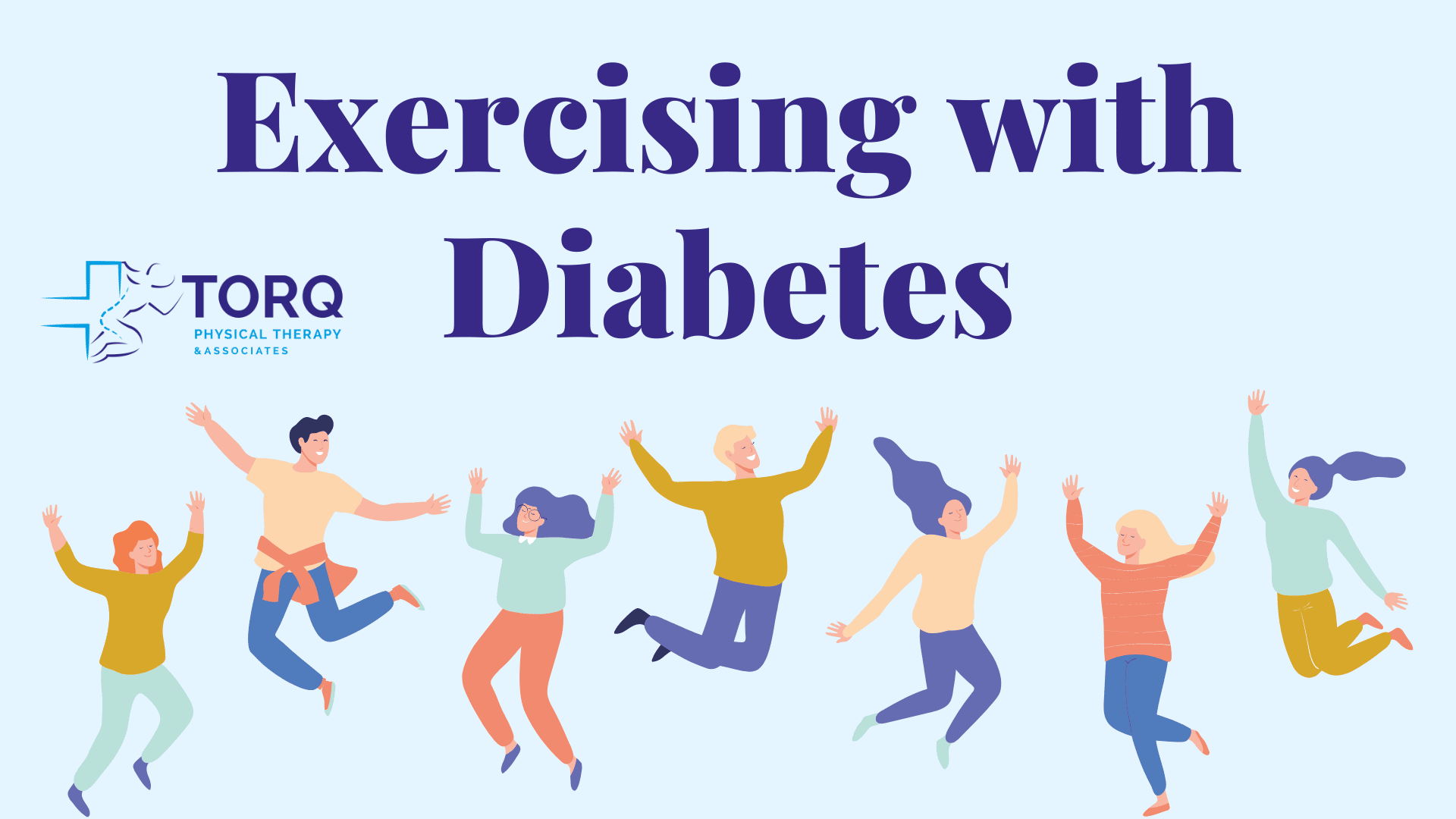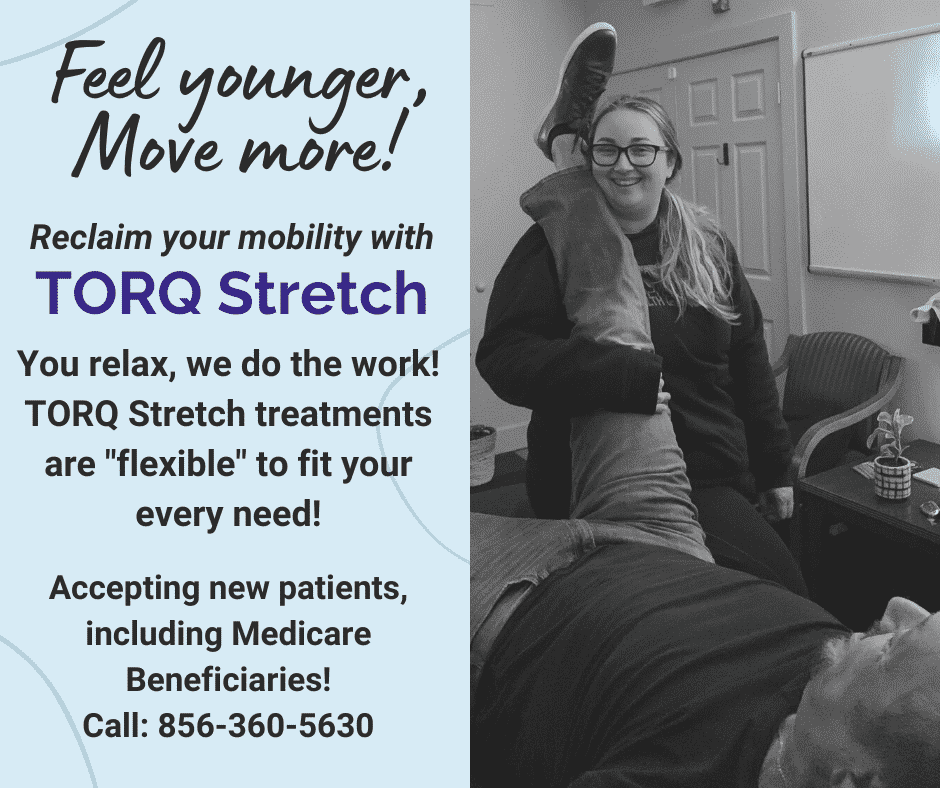Gua sha (pronounced gwahshah) is an ancient healing technique that originates from traditional East Asian Medicine practices. Gua sha is also called Instrument Assisted Soft Tissue Mobilization, or simply IASTM. Traditionally, Gua sha was used to move energy throughout the body. Contemporary IASTM is primarily focused on the treatment of musculoskeletal injuries and conditions. However, there is crossover between the two practices and the names are often used interchangeably.
What is Gua Sha?
Gua sha involves scraping the skin to stimulate blood circulation to the soft tissues. Typically, the practitioner will apply a massage oil to the skin, then scrape the affected area repeatedly, using a downward motion. Gua sha is generally performed on the back, neck, arms, legs, and buttocks; however, some providers may also scrape the feet, hands, or use mild pressure on the face.
Gua sha can cause light bruising as tiny blood vessels, called capillaries, near the surface of the skin burst. These bruises usually disappear within a few days of the treatment. Gua sha bruises are a form of microtrauma, which create a response in the body that assists in breaking down scar tissue and fibrosis, a condition in which there is a buildup of too much connective tissue formed around an injury.
How Does Gua Sha Work in the Body?
- Up Regulation works to prepare muscles for movement. It helps to wake up muscles that have not been working properly, such as after an injury or surgery.
- Down Regulation does exactly the opposite, calming the muscles down. This is effective for muscles that are over-stimulated, such as muscle in spasm. It is quite common for an injury to involve over-stimulation on one side and under-stimulation on the other. For example, if you have surgery on your right shoulder, you might then overuse your left shoulder because you are unable to use your right arm. In this case, treatment would include up-regulating the right shoulder to prepare for normal use while down-regulating the overstimulated left shoulder.
- Feathering is a method of using gentle to mild pressure to activate and calm sensitive nerve endings within the tissue. You can think of feathering like rubbing your toe after you stub it to ease the pain.
- Skin Shearing helps to increase movement in areas where an outside force is preventing a joint from working properly. This is often caused by a painfully irritated nerve or when internal scar tissues tighten up around a joint and causes the patient to lose range of motion. In this case, the actual joint may be working fine, but the limitation in movement is caused by the surrounding soft tissues.
- Fluid Capturing is a highly effective method of reducing swelling in the body. Using Gua sha, fluids which have become built up around the injury site are physically pushed back into the lymphatic system.
What are the Benefits of Gua Sha Treatments?
- Promote healing through microtrauma bruising, sometimes called sha, as well as improved circulation and lymph drainage throughout the body.
- Reduce inflammation through drainage of lymph into the lymphatic system. Gua sha is used by many practitioners to improve immune system function and treat colds, fevers, and problems in the lungs.
- Break down scar tissue both on the surface of the skin and internal scar tissue. Patients recovering from surgery usually have both internal and external scarring. Surgical patients can also develop adhesions, internal scar tissue which connects tissues that are not normally connected.
- Relax muscles that are inflamed, overstimulated, or sore. Gua sha is an effective treatment for musculoskeletal pain in the back, neck, and joints.
- Improve movement in the joints by increasing blood circulation and relieving aches and stiffness.
- Treatment of musculoskeletal disorders, such as back pain, tendon strain, carpal tunnel, and other conditions.
What to Expect Before Your First Treatment
Your provider might not manipulate where you think they should. Like many conditions involving nerves, muscles, and bones, the pain is not always in the same location as the injury. Pain radiates and moves through the body and oftentimes the greatest amount of pain is in a different location than the injured area, such as a trigger point or the insertion point of a muscle. A professional trained in Gua sha methods will be able to locate the proper area of treatment based on your condition and injury.
Like getting a tissue massage, you can expect to feel pressure during the treatment as your practitioner uses the tool on your skin; however, you should not be in pain during the treatment. A professionally trained Gua sha practitioner will be able to use the right pressure for your specific condition and treatment plan. You should communicate with your provider if you feel pain or if the pressure becomes too intense so they can modify the level of pressure being used.
Some patients need a few treatments with mild or moderate pressure before they are ready for the full pressure needed for effective healing. Some patients report also feeling sore immediately after treatment, but this is typically minimal and not enough to require pain medications.
Are There Any Side Effects or Risks?
There are no serious side effects for Gua sha treatments when provided by a medical professional that specializes in this treatment. The most common side effect is bruising, which tends to heal quickly and disappear within a few days after treatment. Infrequent side effects include minor bleeding or skin indentation at the treatment site.
Gua sha is not recommended for people with certain medical conditions or who are taking certain drugs. People who have recently had surgery need to wait before beginning Gua sha treatments, usually for about six weeks after surgery. Patients taking blood thinners or who have an implant, such as a pacemaker, should avoid these treatments. Gua sha is typically not appropriate for people with medical conditions including infections, tumors, open wounds, blood clotting disorders, deep vein thrombosis, or other conditions affecting the skin or veins.
How does TORQ PT utilize gua sha?
Here at TORQ PT, we offer Instrument Assisted Soft Tissue Mobilization (IASTM) as part of a comprehensive Physical Therapy treatment plan or with our Cup, Scrape, and Tape sessions. IASTM is a modernized form of gua, sha, involving a scraping motion using metal instruments on specific areas of the body. The benefits of IASTM mirror that of gua sha and have produced many positive results for our patients.
The Takeaway
When used properly, Gua sha can provide an effective and safe alternative to other conventional treatments or can be used alongside conventional practices. Gua sha may provide healing and pain relief, especially for people who prefer to avoid medications, injections, or invasive surgeries. Gua sha can be used in conjunction with other alternative therapies and treatments as well.
Although the side effects are very minimal with proper treatment, Gua sha should be performed by a trained practitioner. Excessive force can cause pain, muscular strains, vascular trauma, severe bruising, or worsening of condition. More likely though, someone who is not trained in the practice of Gua sha will likely not be able to provide any functional results as the instruments must be used in a specific way.
At TORQ Physical Therapy, we want to ensure that you get the most effective treatment possible. Contact us for a free discovery visit or phone consultation to discuss your health and fitness goals to see if Gua Sha is right for you!


